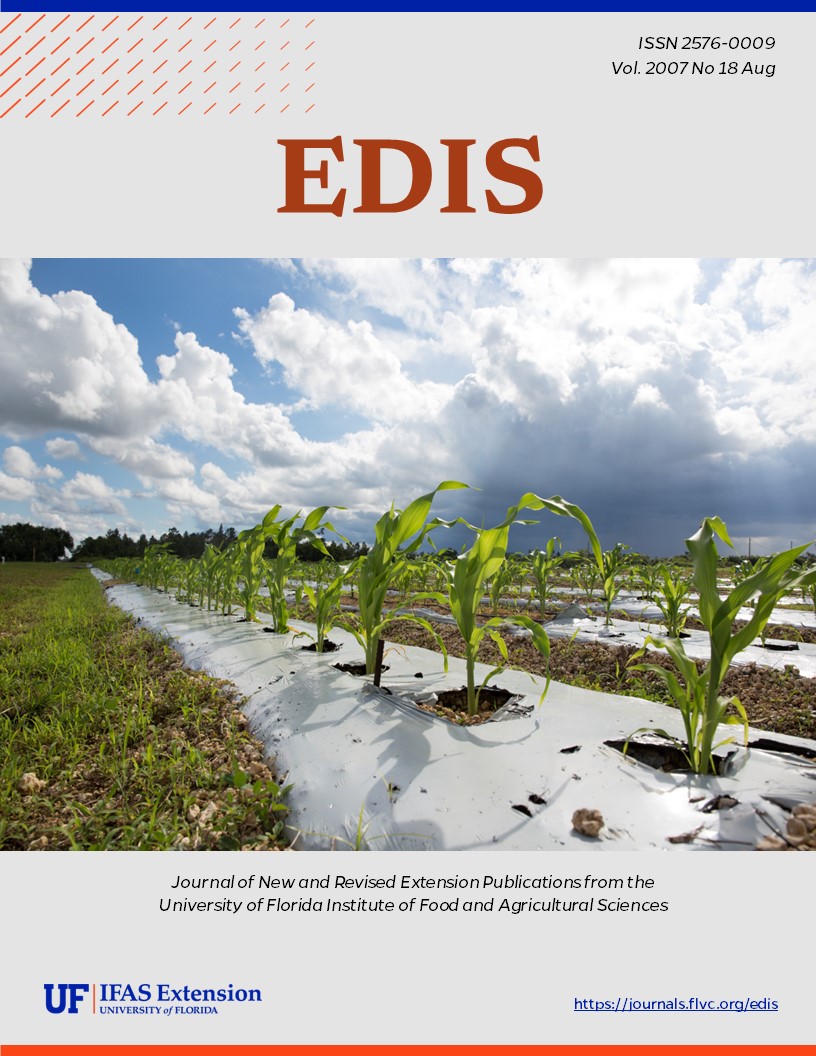Abstract
FSHN07-03, a 10-page fact sheet by Ronald H. Schmidt and Debby Newslow, defines food hazards and explains the process of conducting a hazard analysis in order to fulfill HACCP Principle 1. Published by the UF Department of Food Science and Human Nutrition, July 2007.
Ask IFAS: Hazard Analysis Critical Control Points (HACCP) (ufl.edu)
References
Codex Alimentarius. (2003). Hazard analysis and critical control point (HACCP) system and guidelines for its application. ANNEX to Recommended International Code of Practice/General Principles of Food Hygiene. CAC/RCP 1-1969, Rev 4. FAO/WHO Codex Alimentarius Commission.
Mead, P. S., Slutsker, L., Dietz, V., McCaig, L., Bresee, J. S., Shapiro, C., Griffin, P. M., & Tauxe, R. (1999). Food-related illness and death in the United States. Retrieved June 29, 2007, from http://www.cdc.gov/ncidod/eid/vol5no5/mead.htm https://doi.org/10.3201/eid0505.990502
National Advisory Committee on Microbiological Criteria for Foods (NACMCF). (1992). Hazard analysis and critical control point systems. International Journal of Food Microbiology, 16, 1-23. https://doi.org/10.1016/0168-1605(92)90122-J
Nolan, M. (2007). Personal communication. S.A.F.E. Food Consulting Services.
Scott, V. N., & Stevenson, K. E. (2006). HACCP: A systematic approach to food safety. Washington, D.C.: Food Products Association.
Schmidt, R. H., Goodrich, R. M., Archer, D. L., & Schneider, K. R. (2003). General overview of the causative agents of foodborne illness (FSHN033). Gainesville: Department of Food Science and Human Nutrition, Florida Cooperative Extension Service, Institute of Food and Agricultural Sciences, University of Florida. Retrieved June 29, 2007, from http://edis.ifas.ufl.edu/FS099
Schmidt, R. H., and Newslow, D. L. (2007). Hazard analysis critical control points (HACCP) - Getting started, preliminary steps (FSHN0701). Gainesville: Department of Food Science and Human Nutrition, Florida Cooperative Extension Service, Institute of Food and Agricultural Sciences, University of Florida. Retrieved July 20, 2007, from http://edis.ifas.ufl.edu/FS137
Schmidt, R. H., and Newslow, D. L. (2007). Hazard analysis critical control points (HACCP) - Prerequisite programs (FSHN0702). Gainesville: Department of Food Science and Human Nutrition, Florida Cooperative Extension Service, Institute of Food and Agricultural Sciences, University of Florida. Retrieved July 20, 2007, from http://edis.ifas.ufl.edu/FS138
U. S. Food and Drug Administration, Center for Food Safety and Applied Nutrition. (2006). Foodborne pathogenic microorganisms and natural toxins handbook: The bad bug book. Retrieved June 29, 2007, from http://www.cfsan.fda.gov/~mow/intro.html
U.S. Food and Drug Administration, Center for Food Safety and Applied Nutrition. (2001). Fish and fisheries products hazards and controls guidance, third edition. Retrieved June 29, 2007, from http://www.cfsan.fda.gov/~comm/haccp4.html
U.S. Food and Drug Administration, Center for Food Safety and Applied Nutrition. (2004). Juice HACCP hazards and controls guidance, first edition. Retrieved June 29, 2007, from http://www.cfsan.fda.gov/~dms/juicgu10.html
U.S. Department of Agriculture, Food Safety and Inspection Service. (2005). Meat and poultry hazards and controls guide. Retrieved June 29, 2007, from http://www.fsis.usda.gov/OPPDE/rdad/FSISDirectives/5100.2/Meat_and_Poultry_Hazards_Controls_Guide_10042005.pdf

